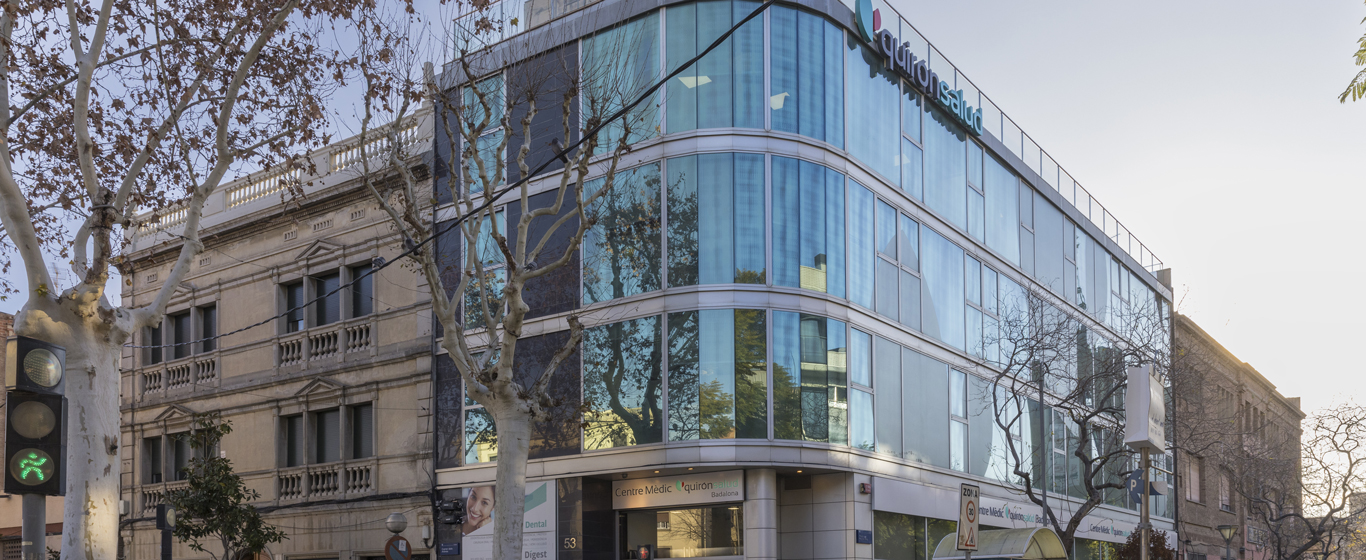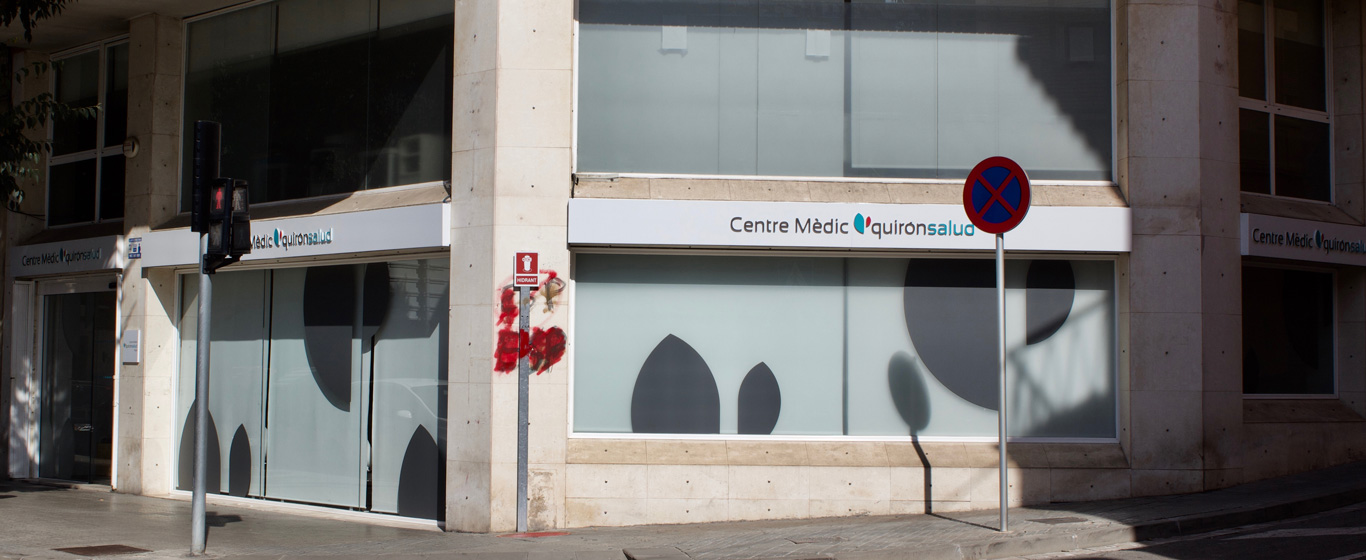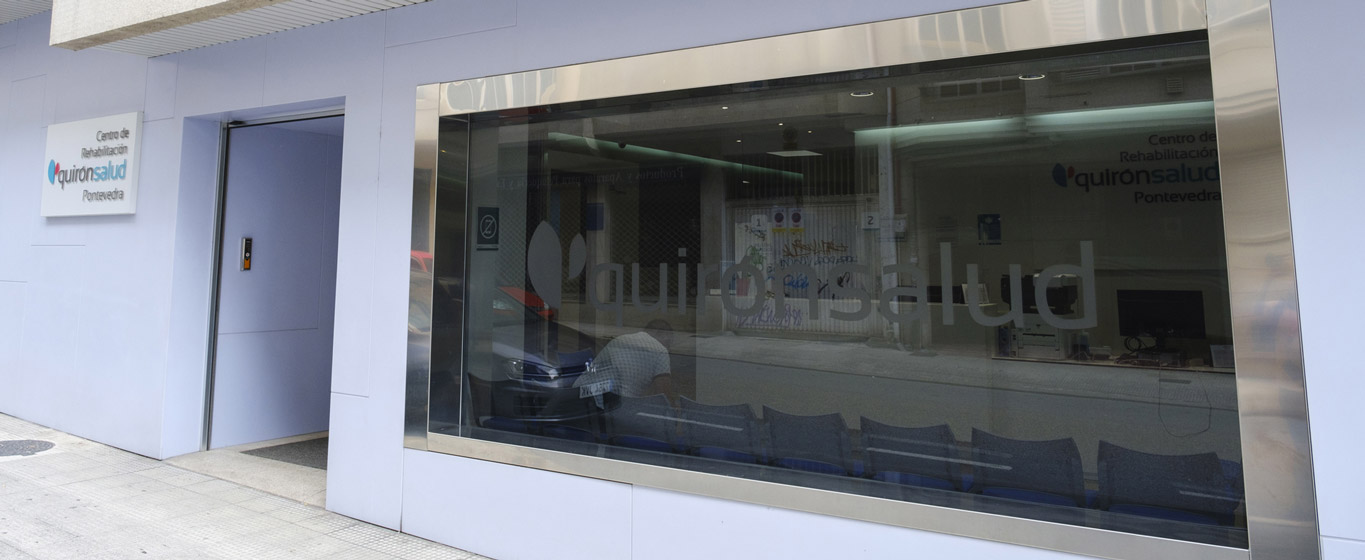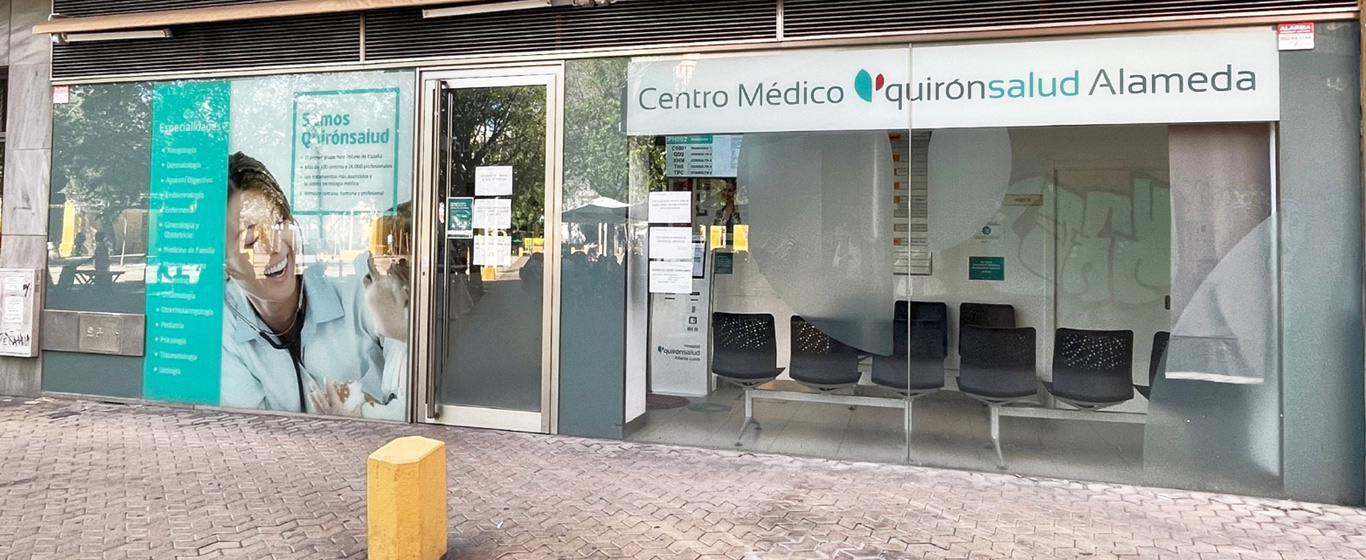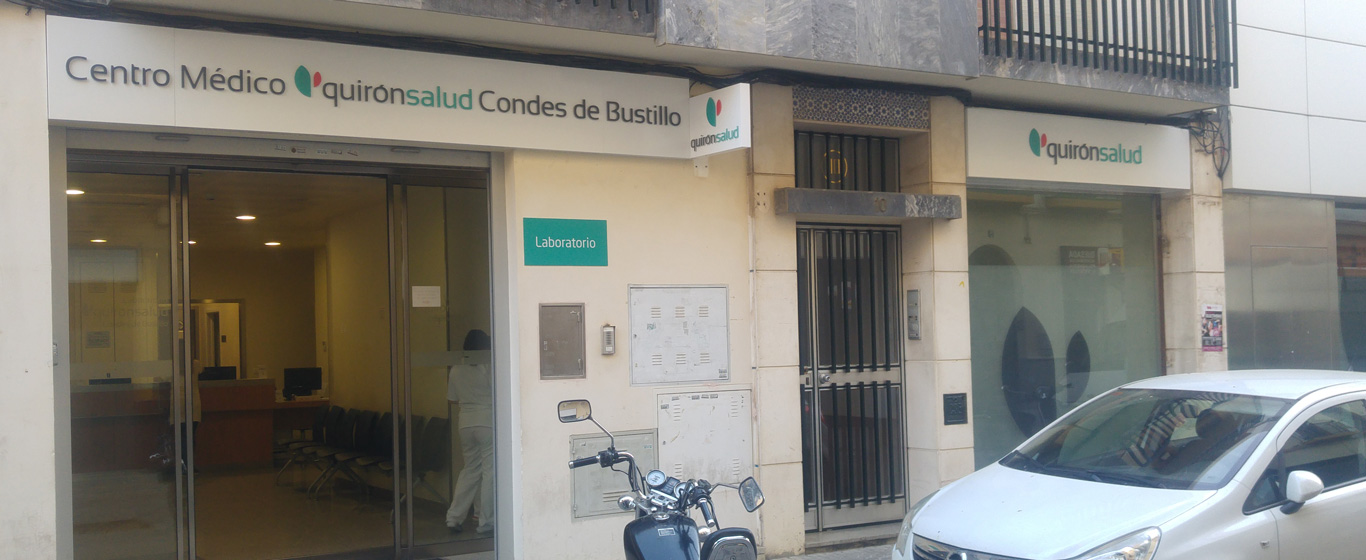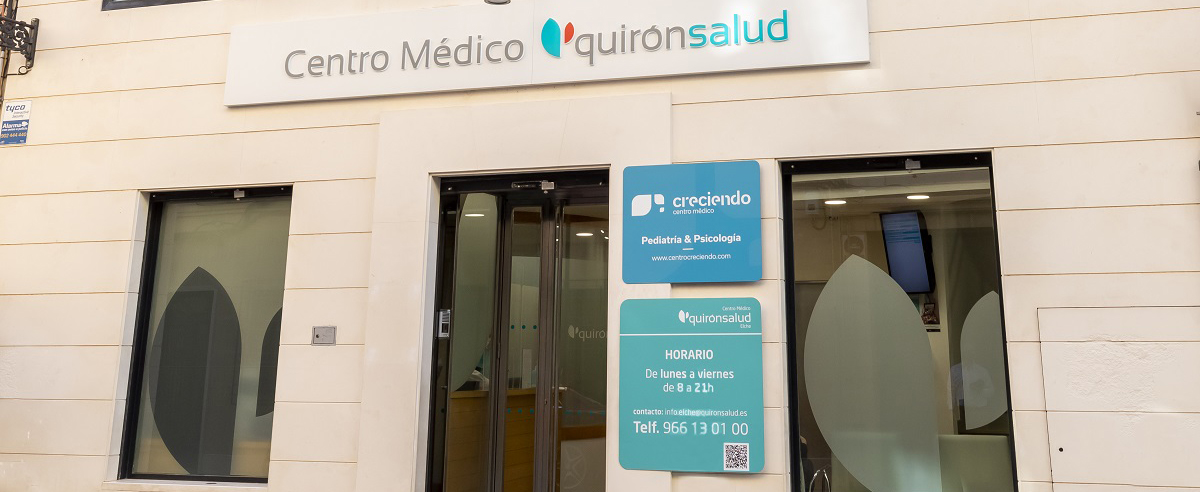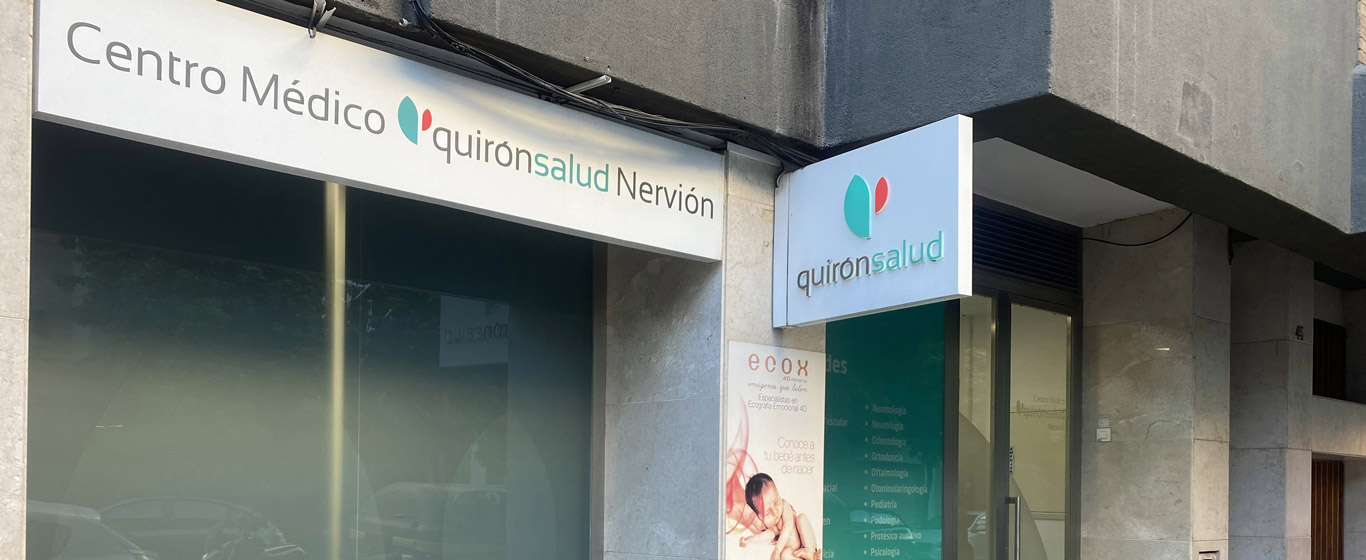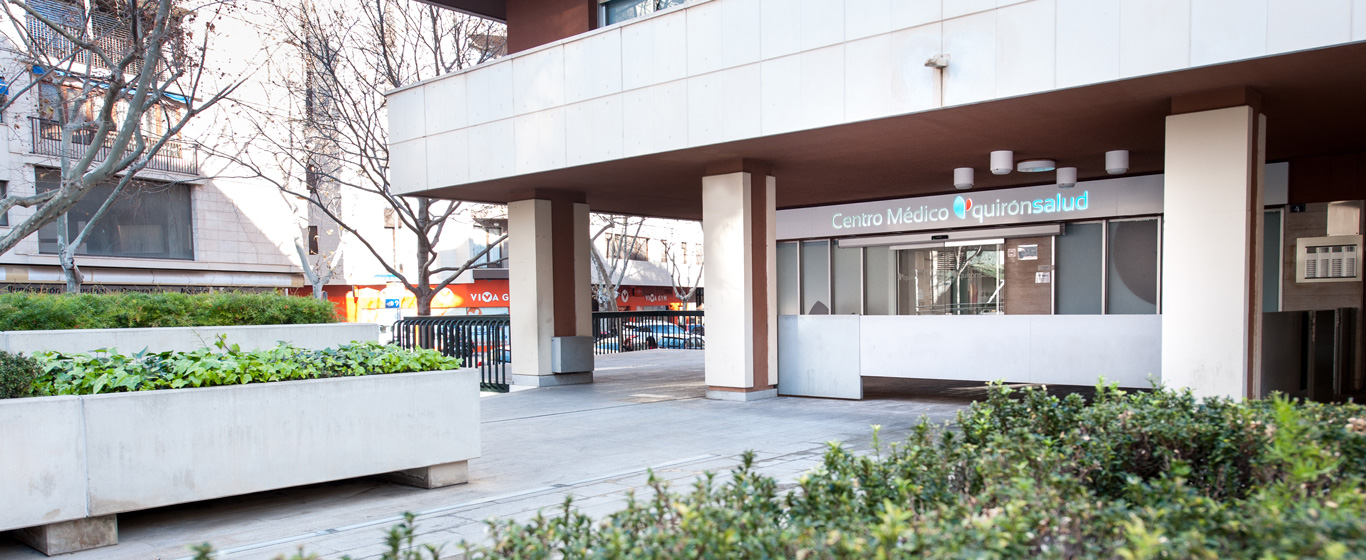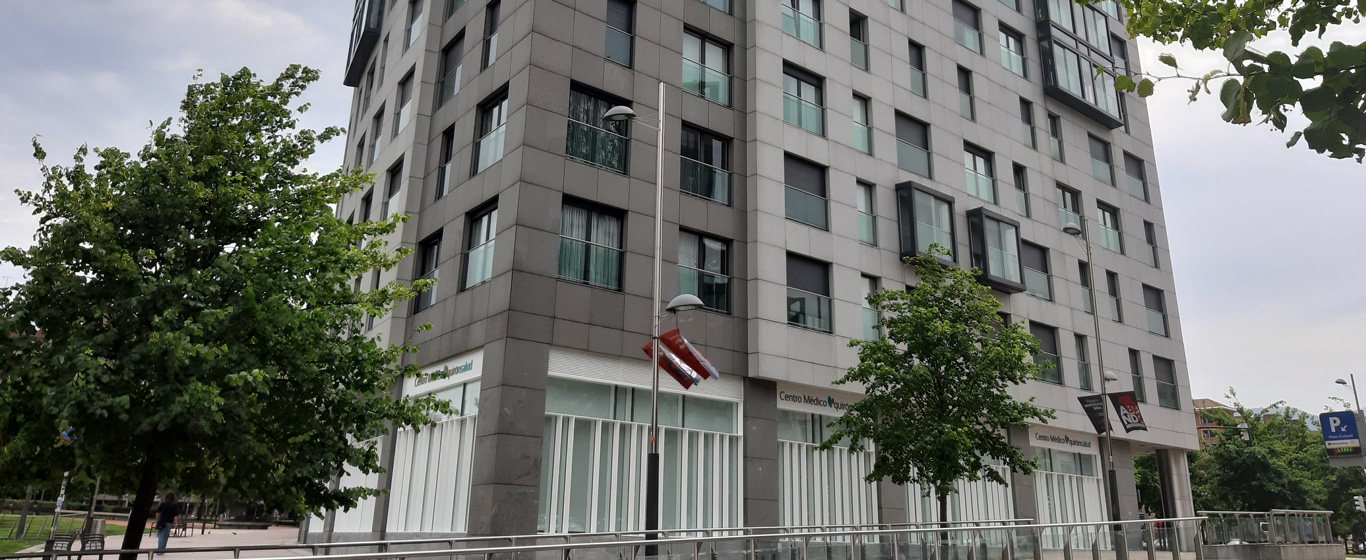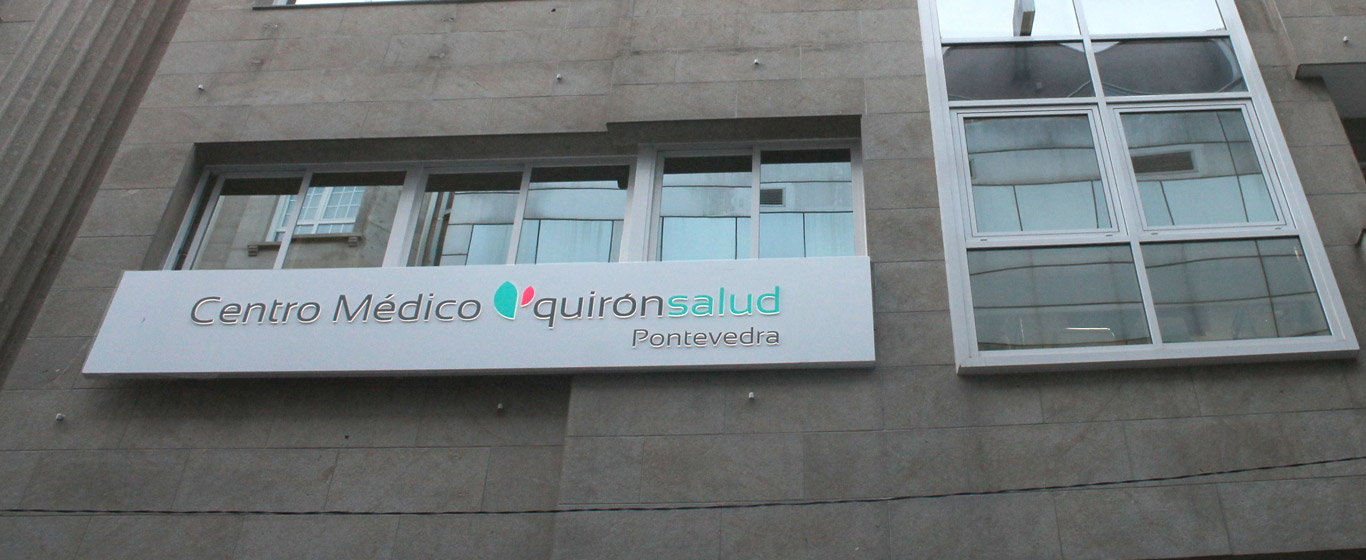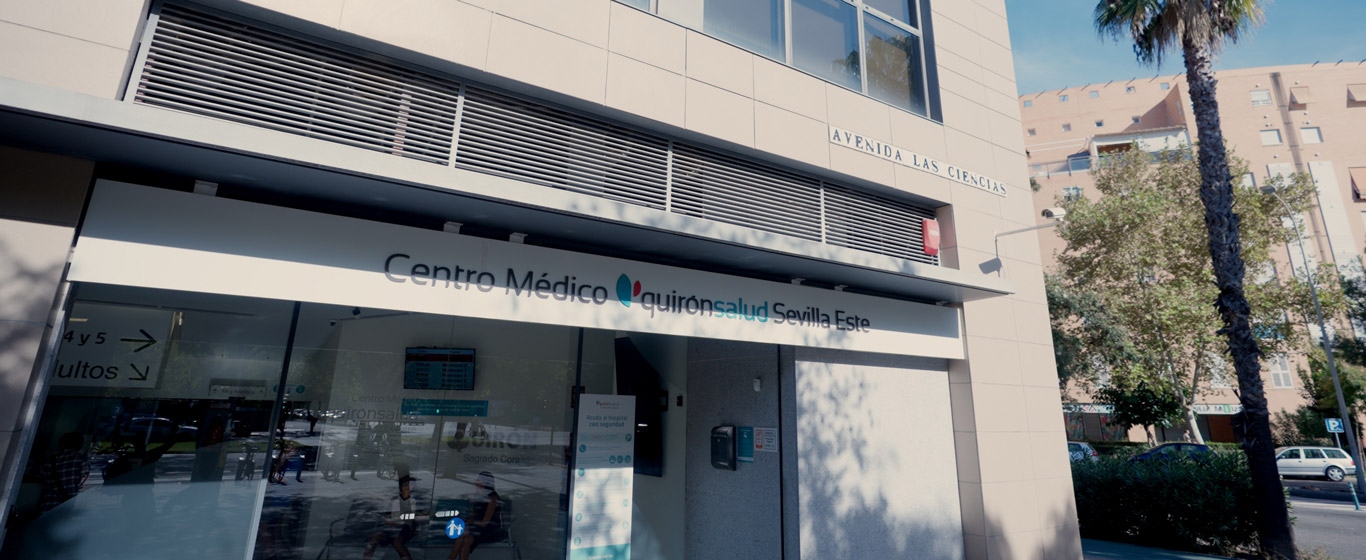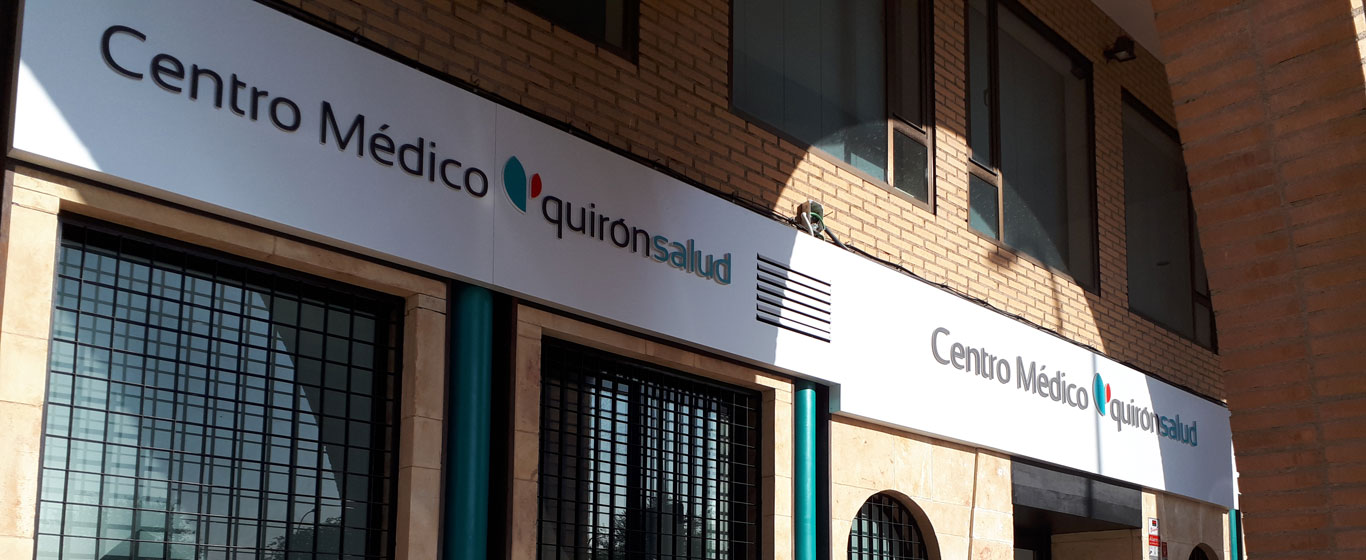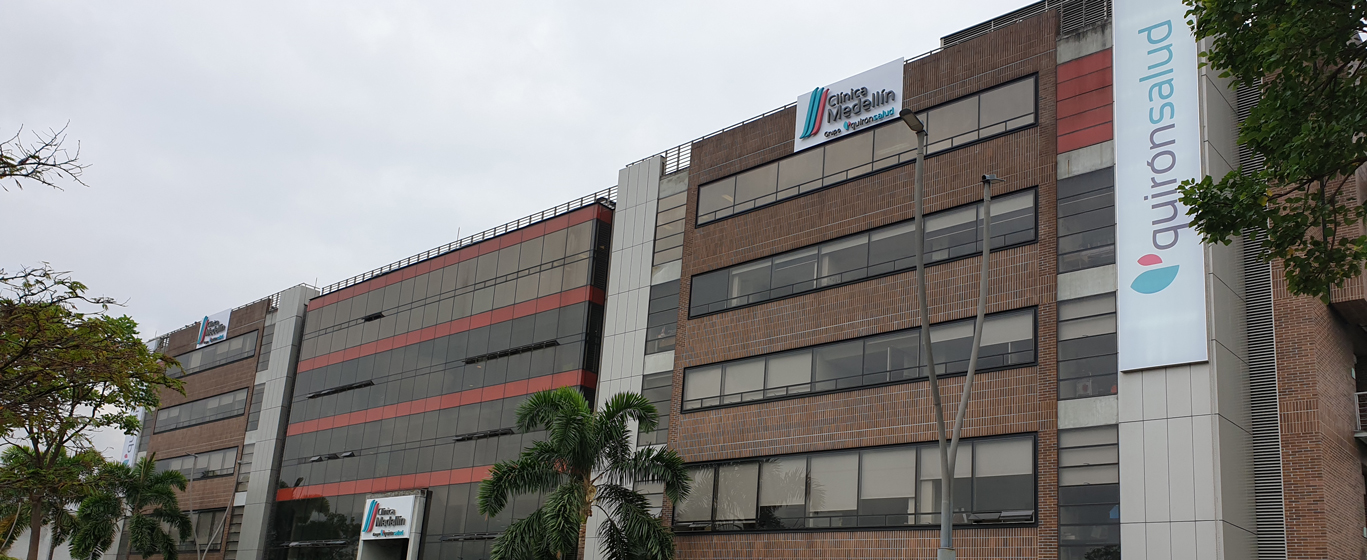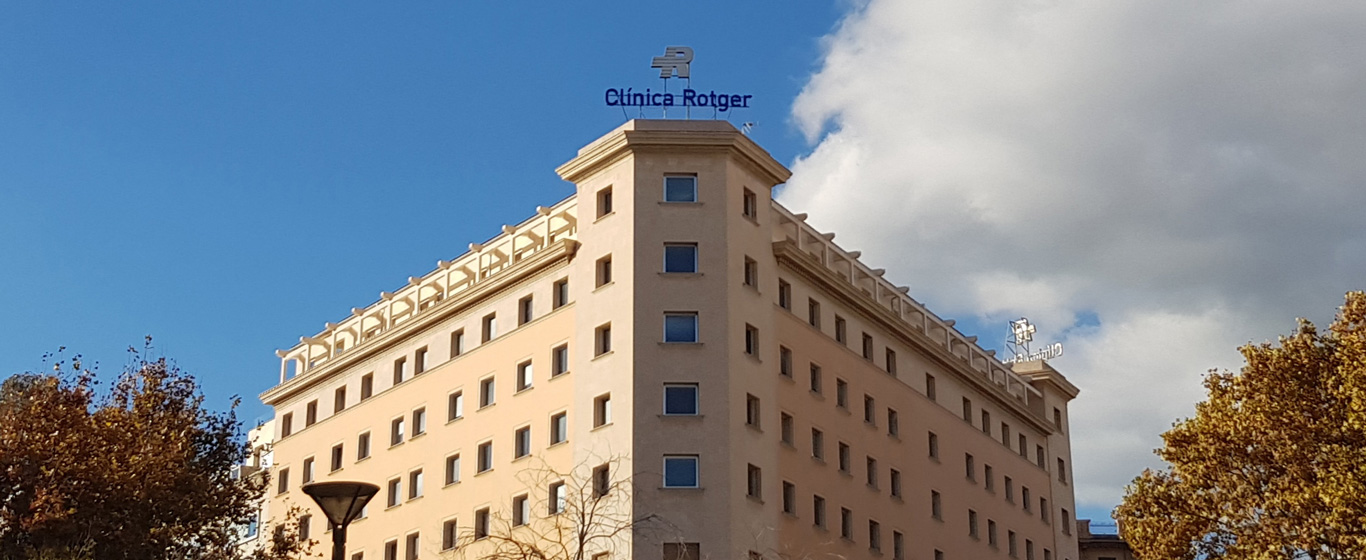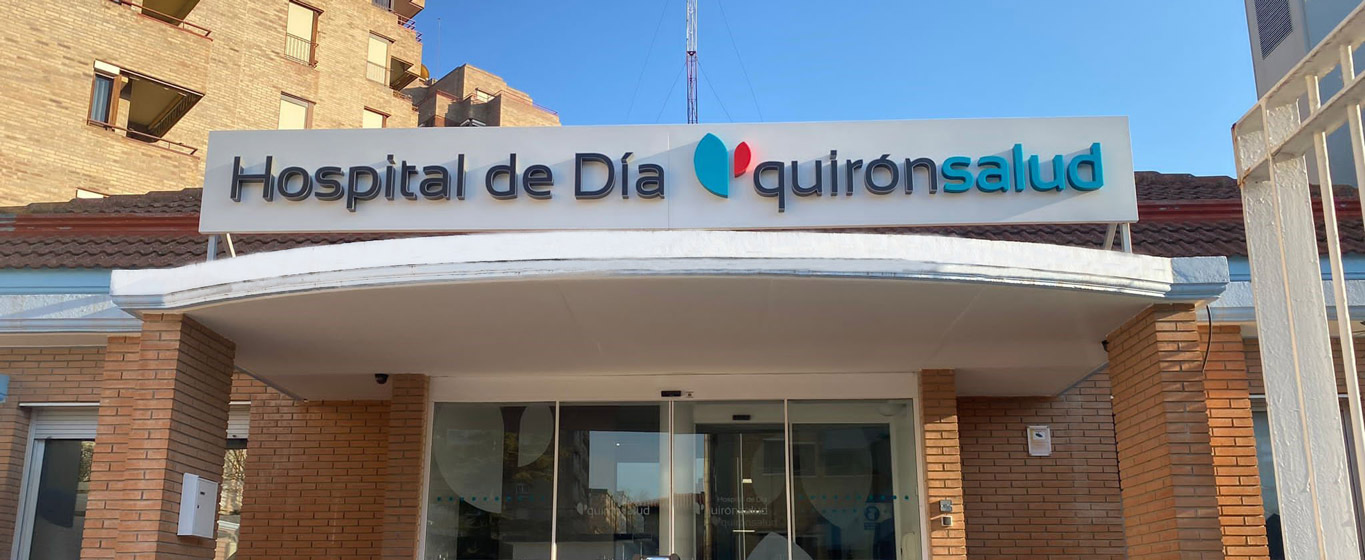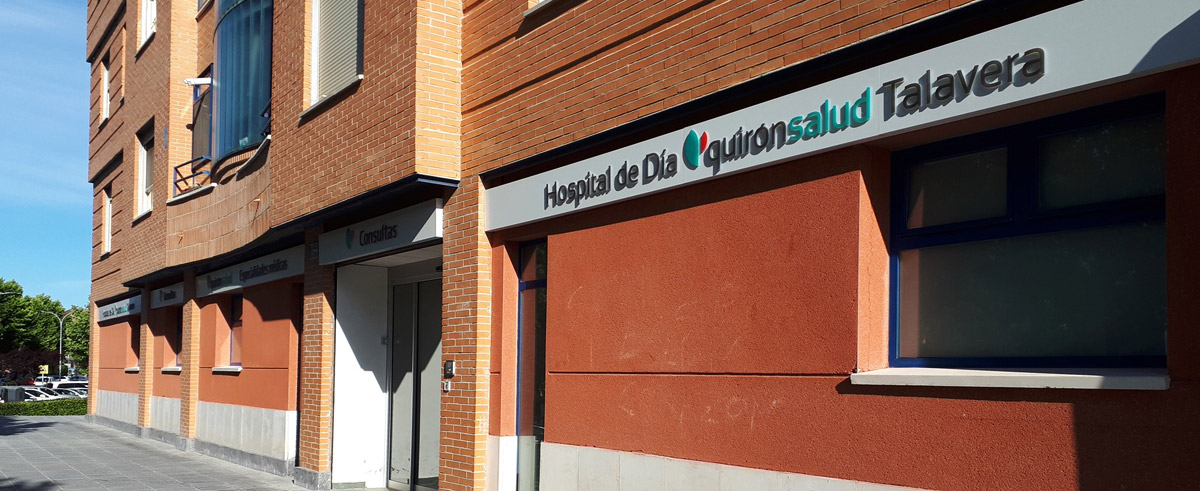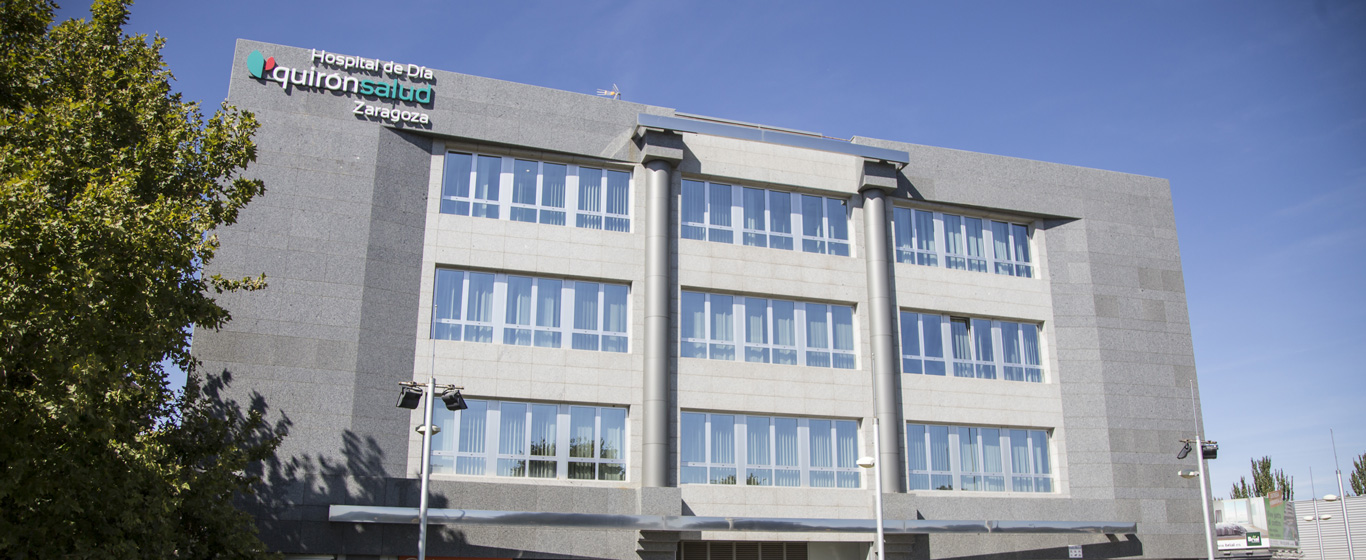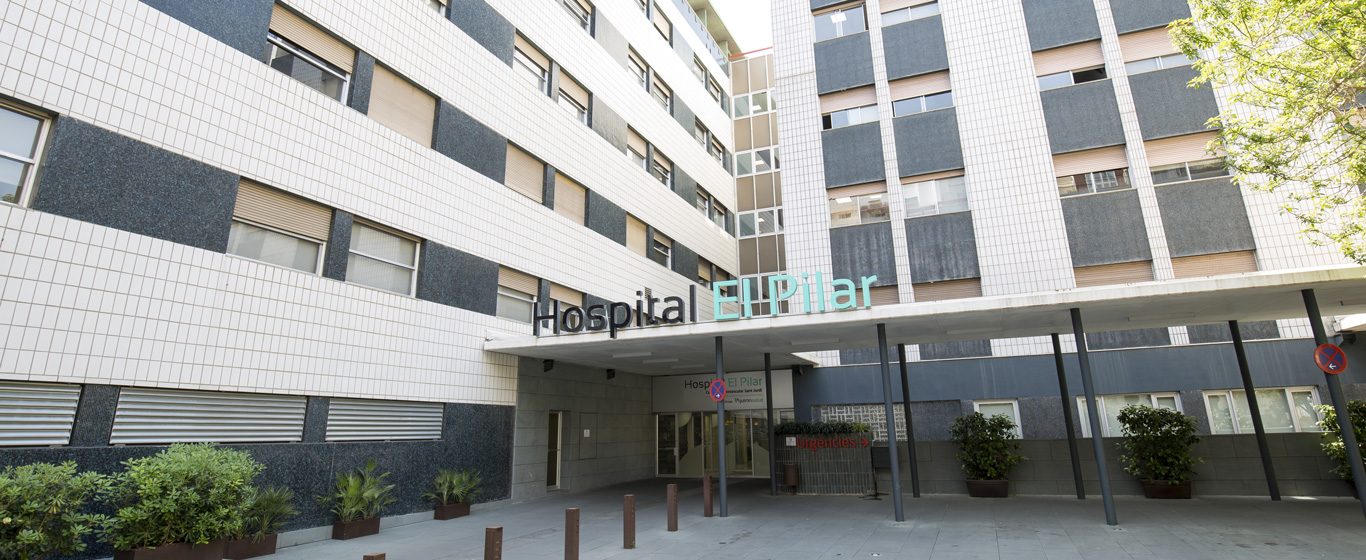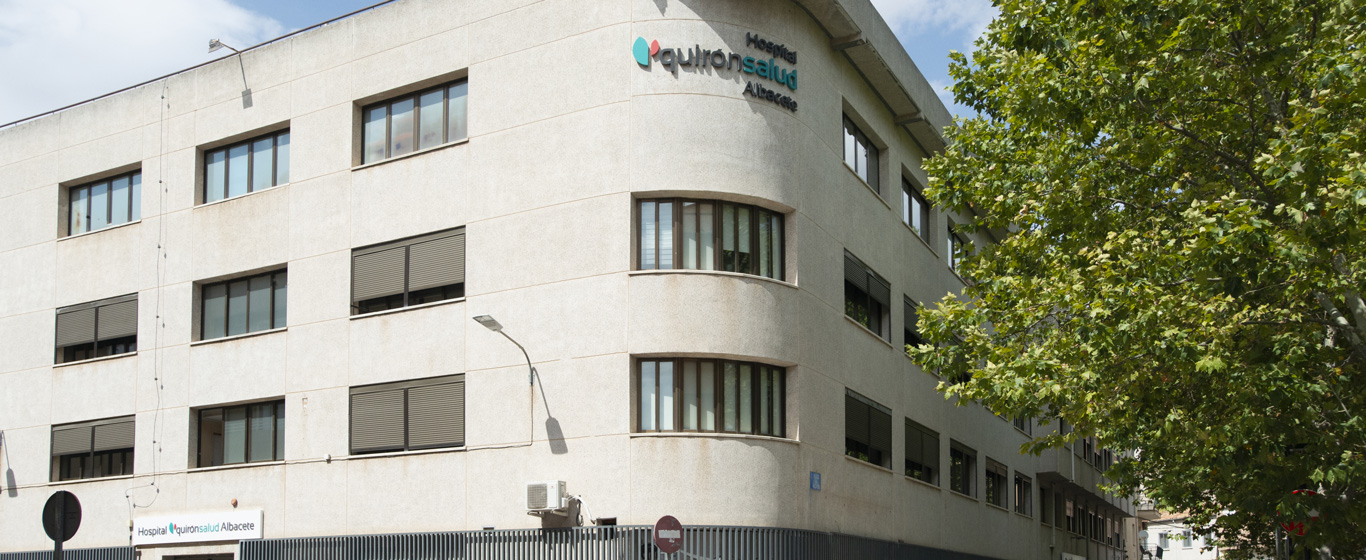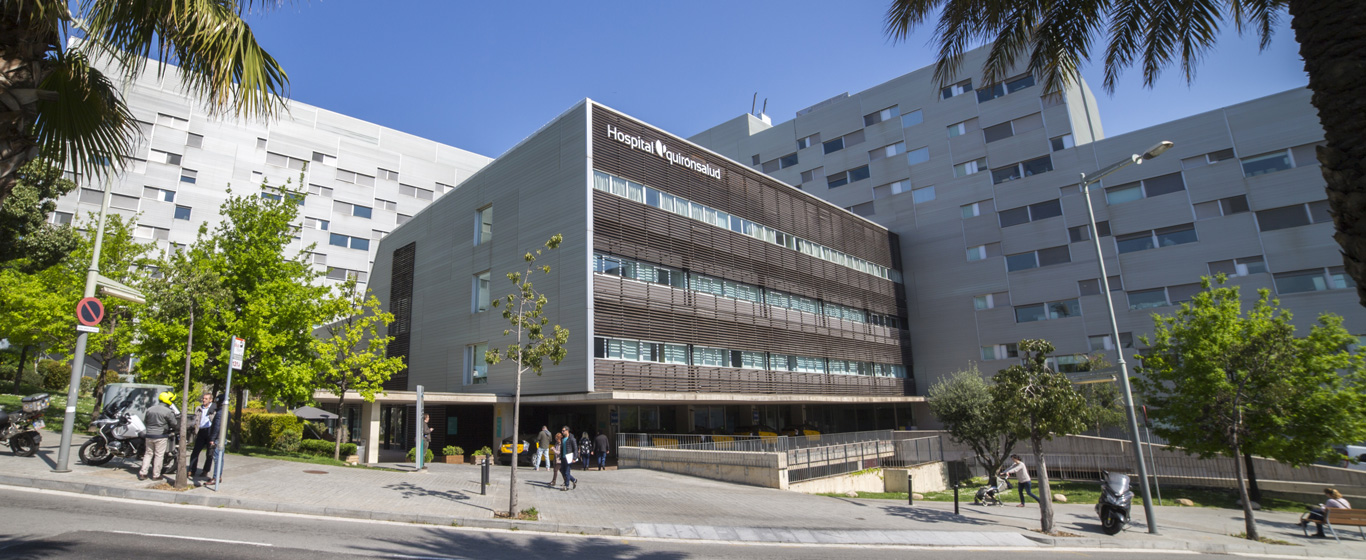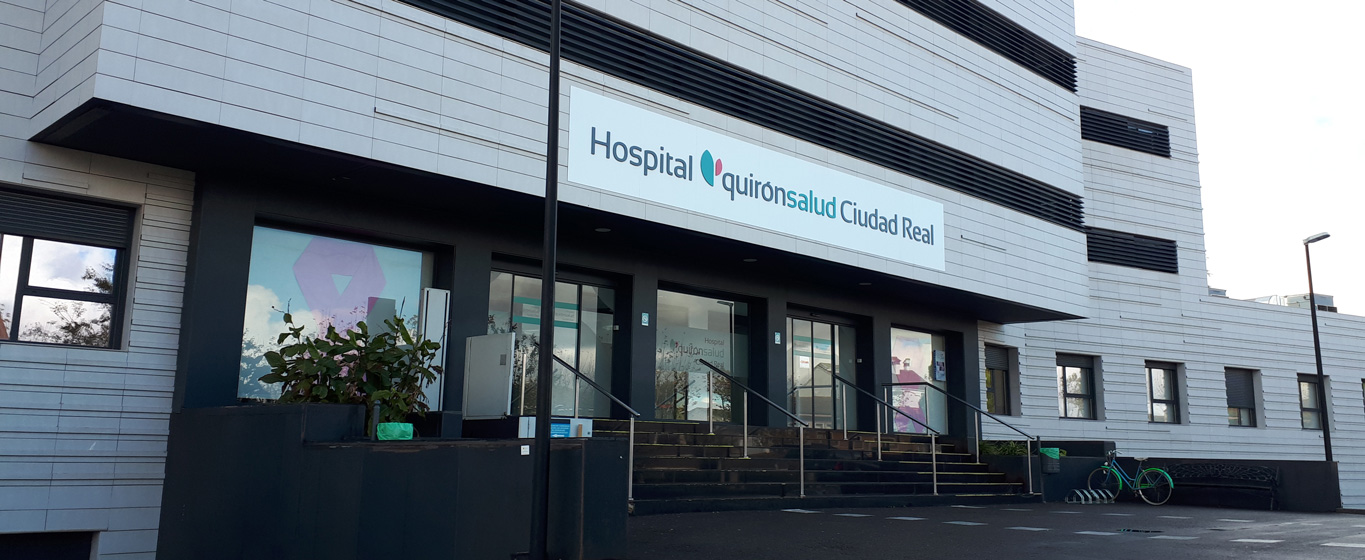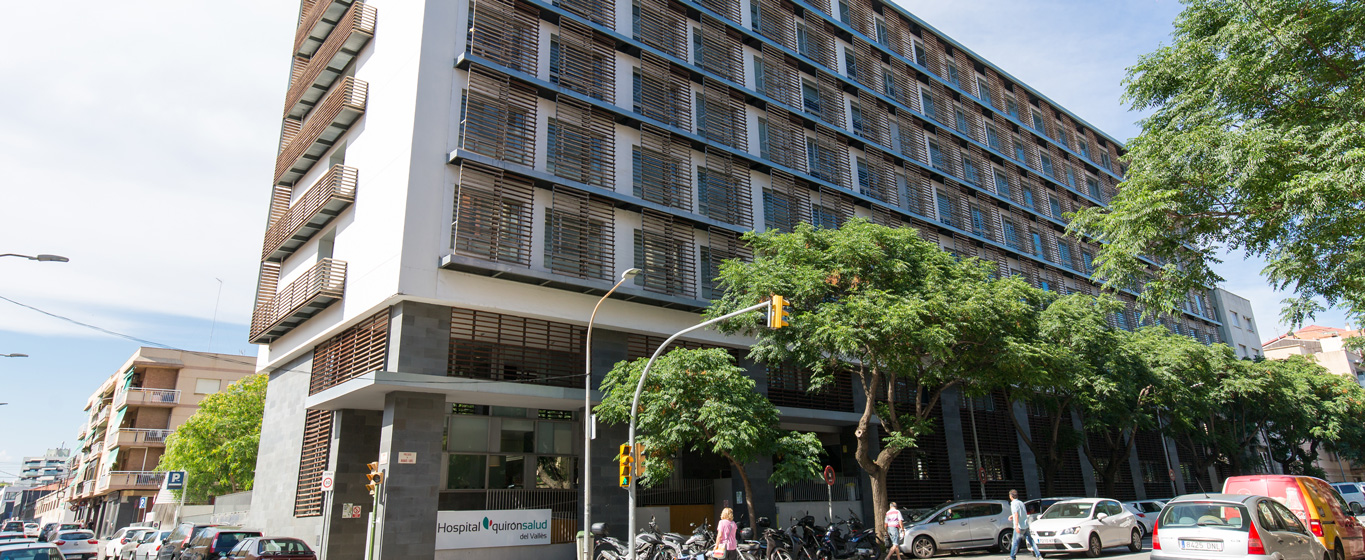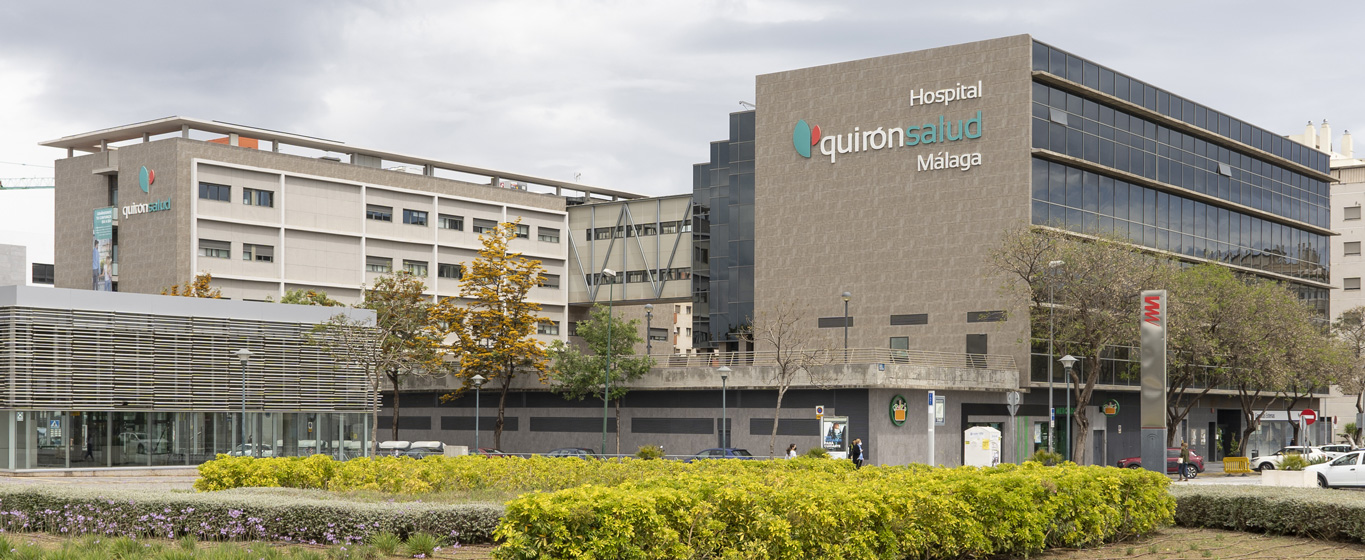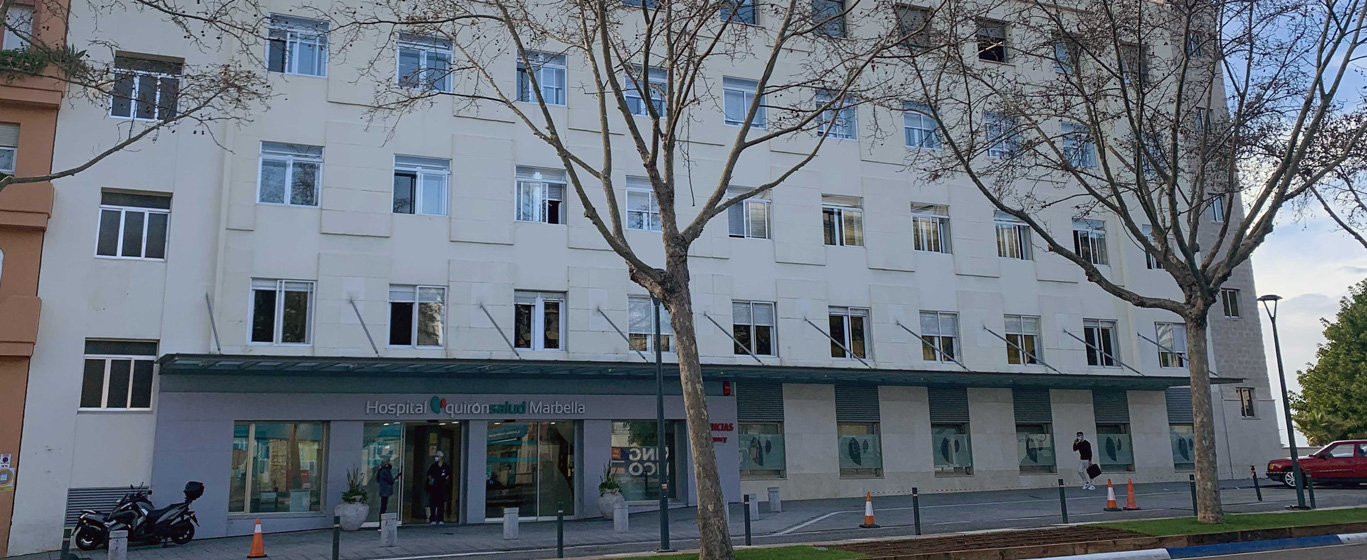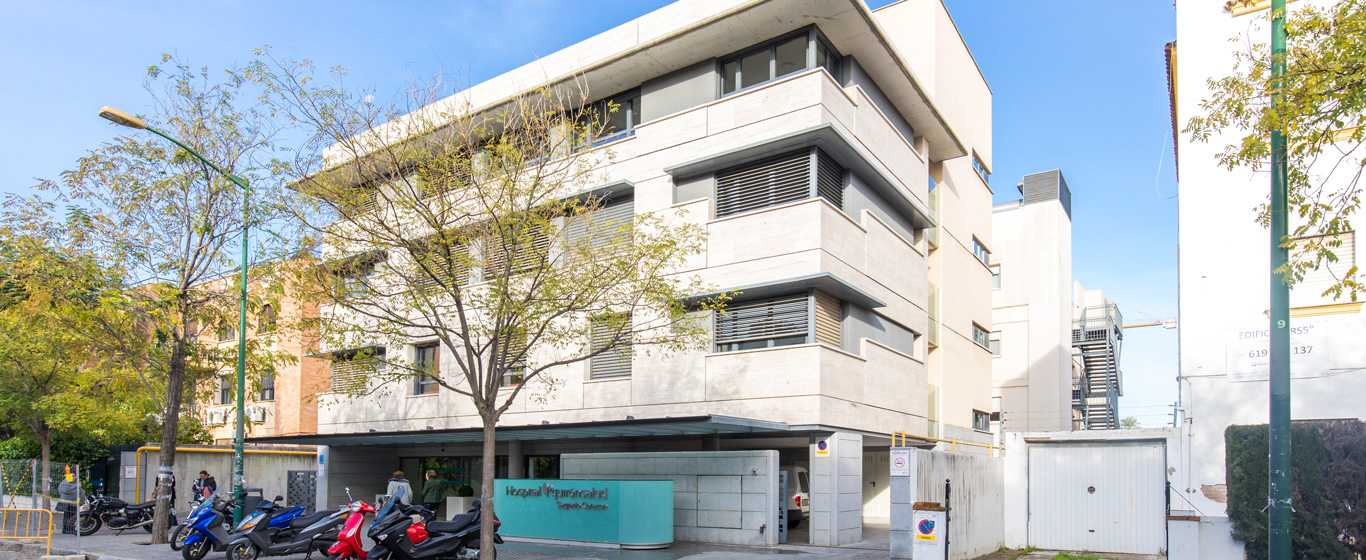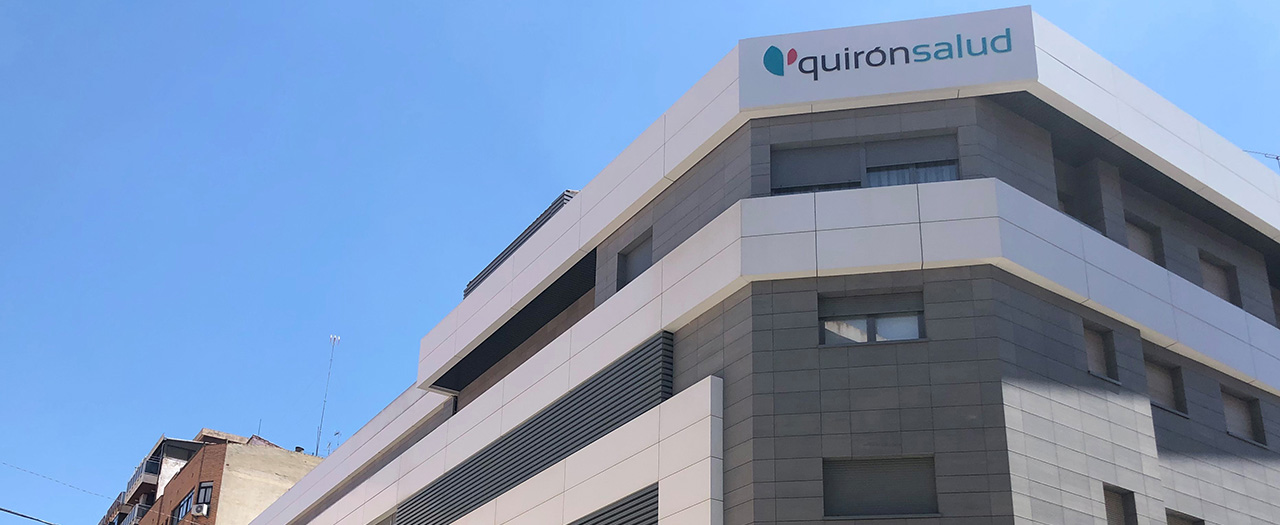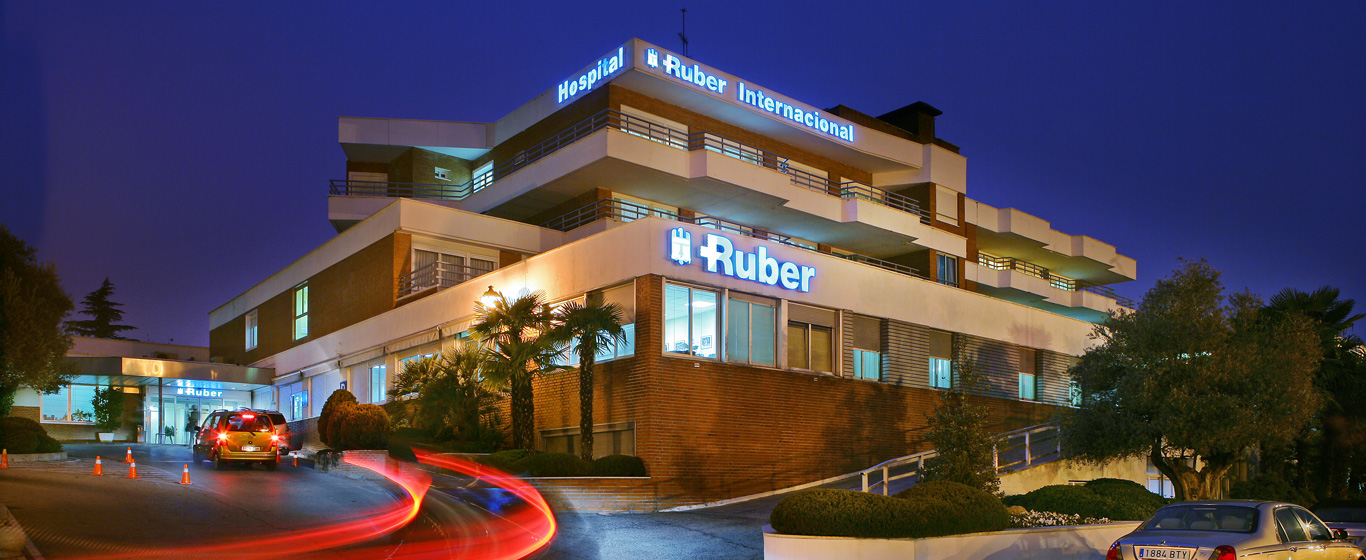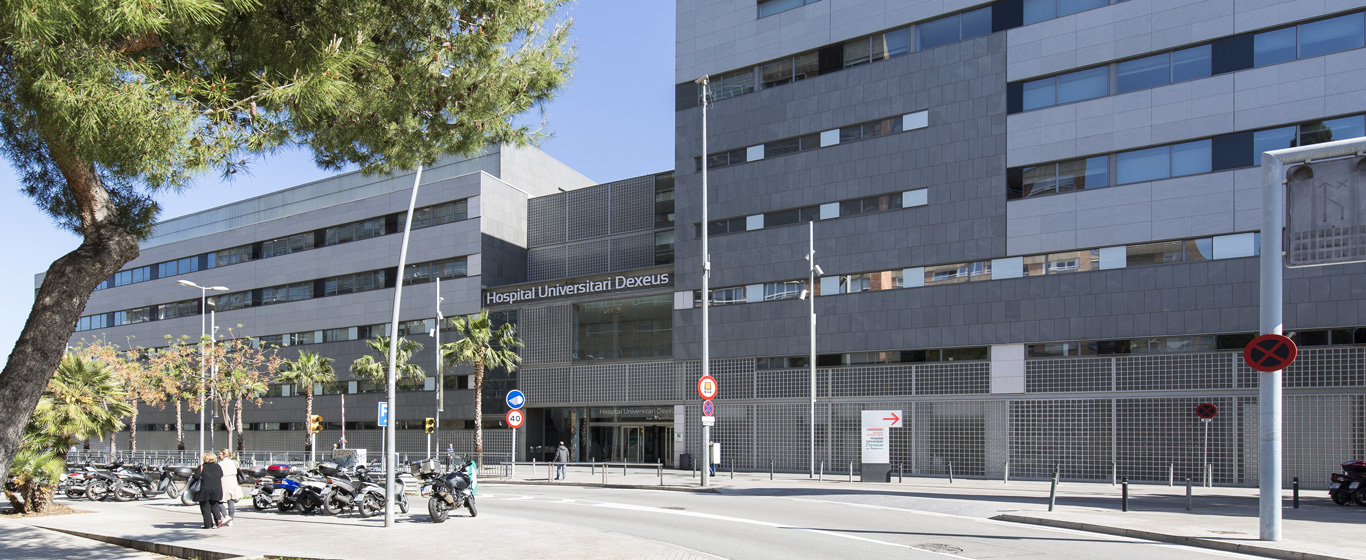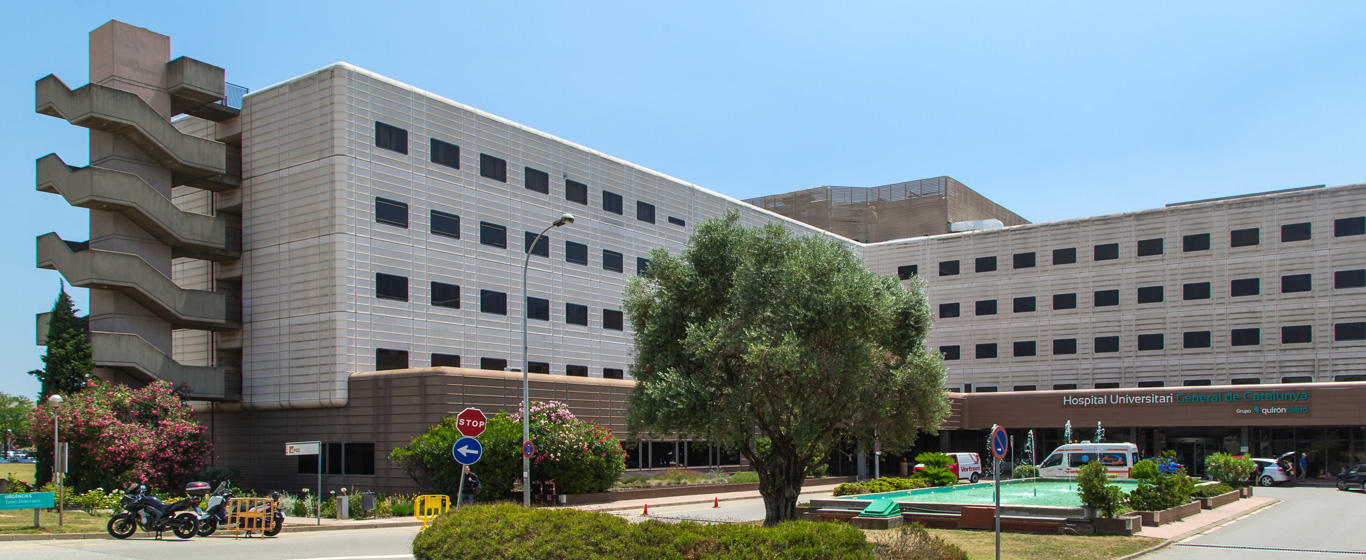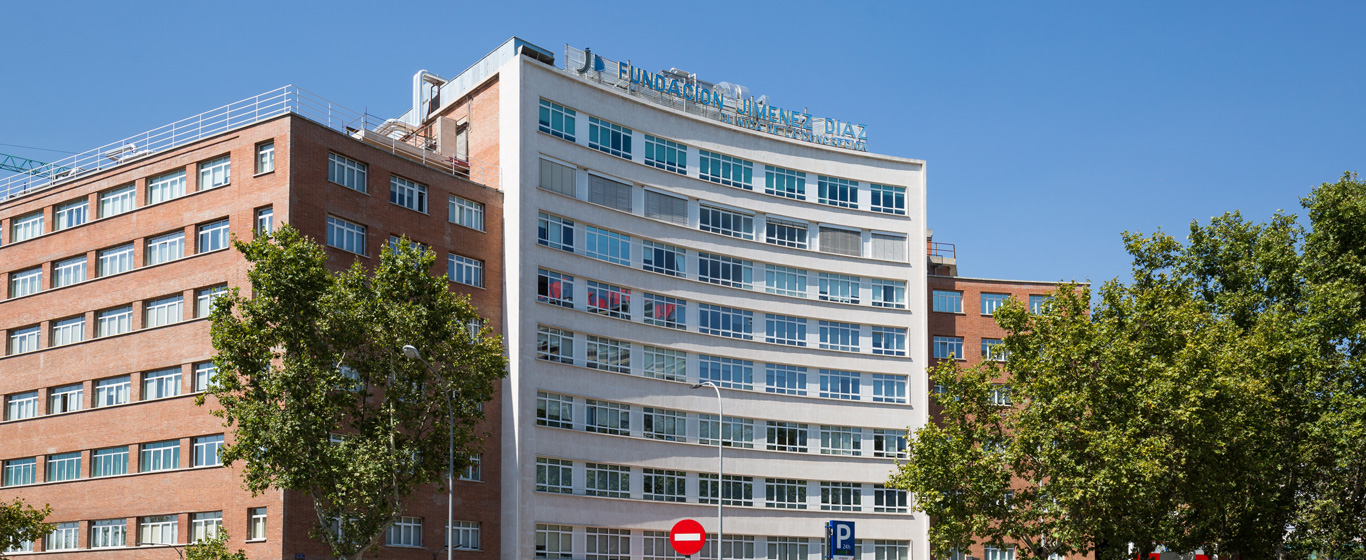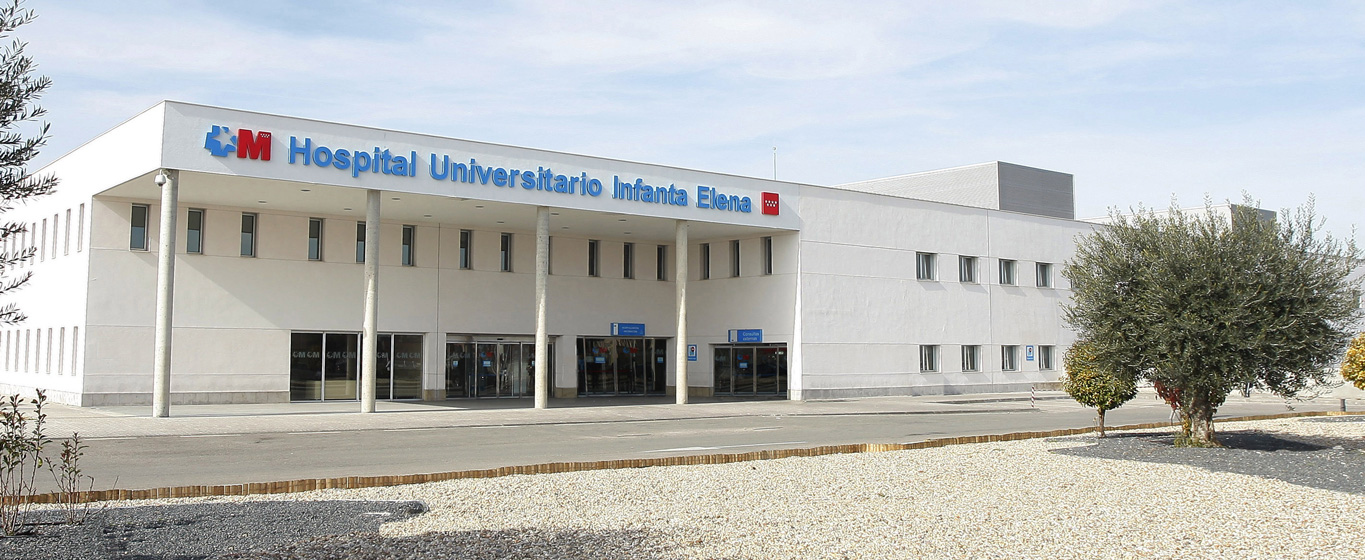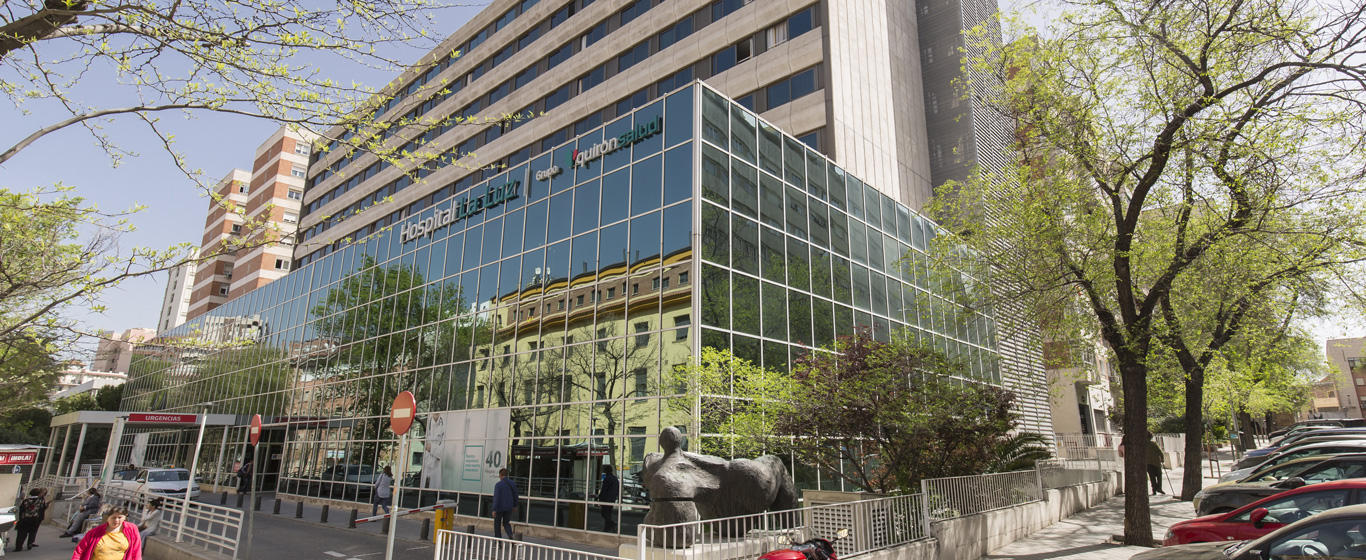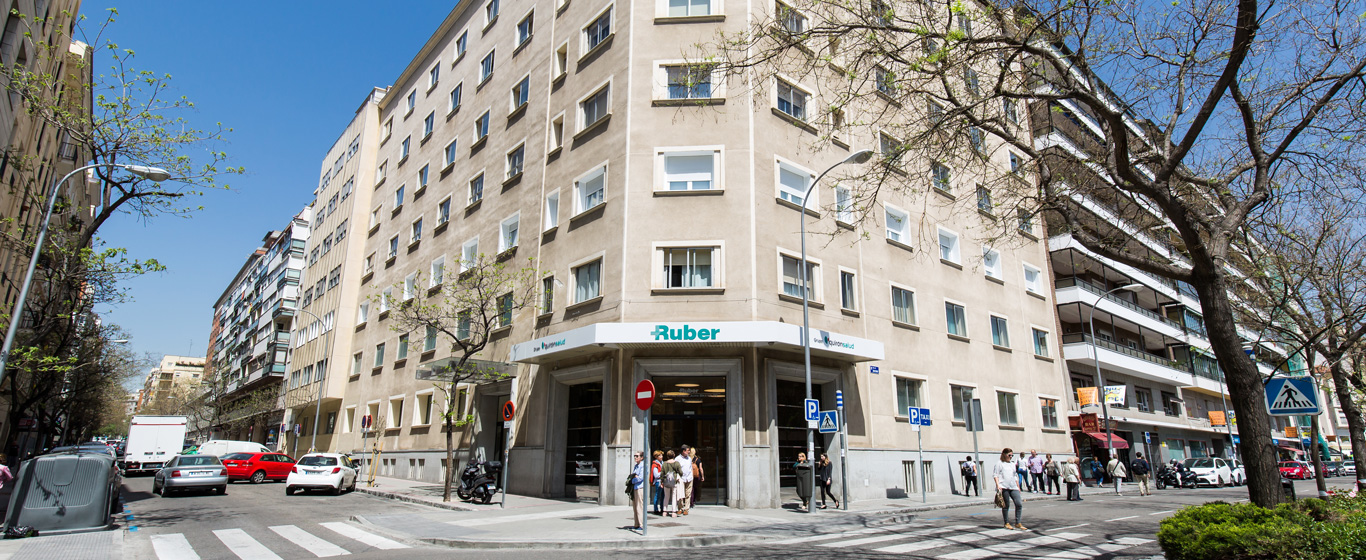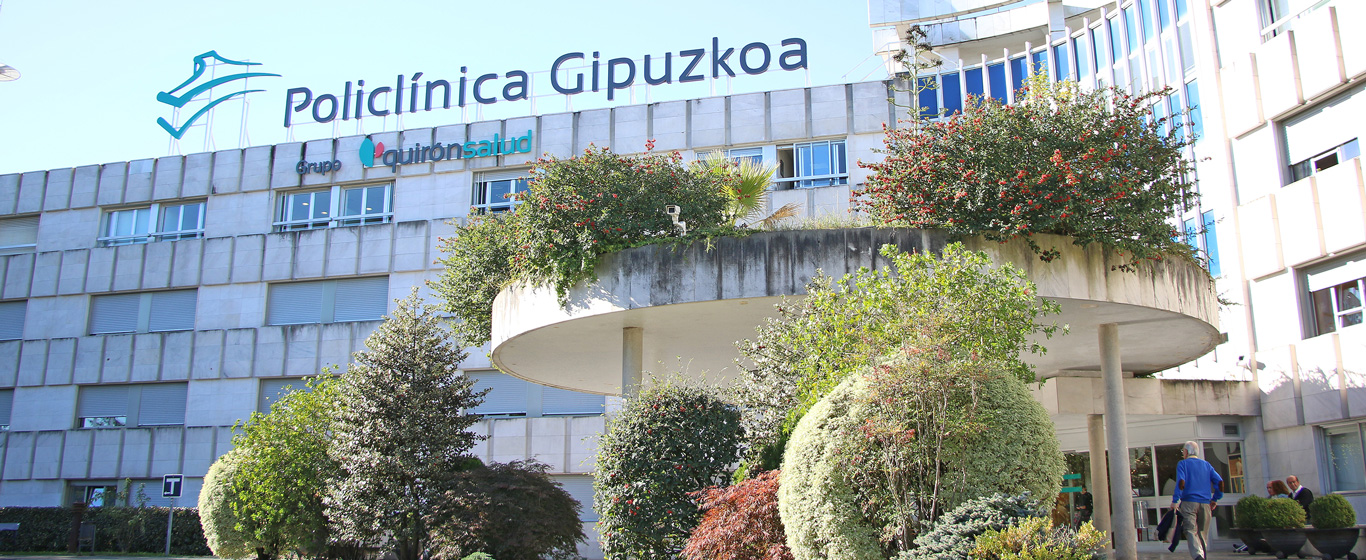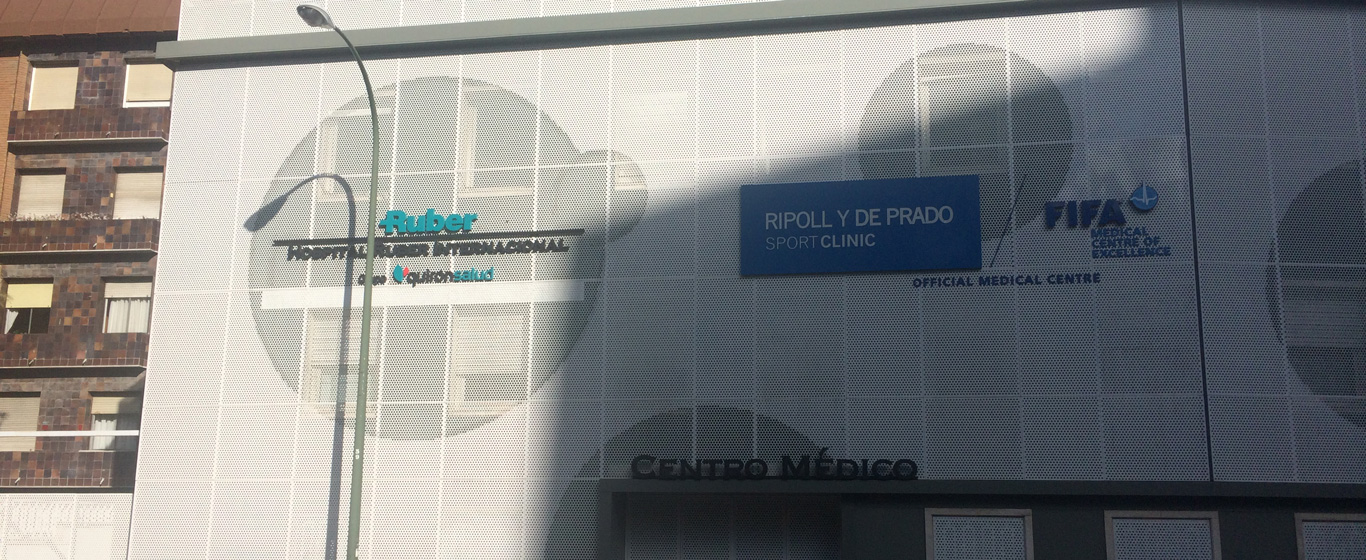Pityriasis Versicolor
All the information on the causes, symptoms, and treatments for this fungal infection affecting the skin.
Symptoms and Causes
Pityriasis versicolor is a fungal infection caused by the yeast Malassezia furfur (formerly known as Pityrosporum ovale) that affects the epidermis, the outermost layer of the skin. Also called tinea versicolor, it is characterized by the formation of small, round spots that appear darker in winter and lighter in summer because the fungus interferes with normal skin pigmentation.
Malassezia furfur is a yeast naturally present on human skin, especially in areas with a high concentration of sebaceous glands (scalp, upper trunk, and skin folds). It usually does not cause disease, but it can trigger an infection if it overgrows due to external factors. Therefore, it is not considered a contagious condition.
Pityriasis versicolor is a common condition that responds well to treatment, so the prognosis is good.
Symptoms
The most notable symptoms of pityriasis versicolor are:
- Dark spots in winter and white spots in summer, usually found on:
- Scalp
- Face: especially the forehead, eyebrows, sides of the nose, and areas with beard or mustache
- Behind the ears
- Shoulders
- Neck
- Upper back
- Central chest area
- Superficial scaling
- Occasionally, mild itching
Causes
Tinea versicolor occurs when the yeast Malassezia furfur, normally present on the skin without causing harm, overgrows. This overgrowth is usually triggered by heat and humidity.
Unlike psoriasis, acne, or atopic dermatitis, which can worsen with anxiety or stress, emotional causes are not related to this type of pityriasis.
Risk Factors
The likelihood of developing pityriasis versicolor increases in the following situations:
- Humid and warm climates
- Excessive sweating
- Oily skin
- Use of oily cosmetics
- Hormonal changes
- Weakened immune system
Complications
Pityriasis versicolor does not cause serious complications, but it is possible that:
- Spots may take a long time to disappear, sometimes even years
- The condition may reappear after a period, even if treatment was effective
- Physical appearance may affect self-esteem
Prevention
The best ways to prevent the appearance of pityriasis versicolor include:
- Avoiding warm and humid environments whenever possible
- Keeping the skin clean and dry
- Wearing breathable clothing
- Controlling sweating
Which doctor treats pityriasis versicolor?
Dermatologists are the specialists who diagnose and treat pityriasis versicolor.
Diagnosis
Diagnosis of pityriasis versicolor is primarily clinical. Symptoms and the appearance of the spots are usually sufficient for diagnosis.
In cases of doubt or when symptoms may be confused with other conditions, the following tests may be performed:
- Scratch sign: lesions are scraped to observe how they scale. In pityriasis versicolor, the scaling occurs collectively in sheets.
- Wood’s lamp: under examination, spots caused by tinea versicolor appear yellow.
- Dermatoscopy or biopsy: in more complicated cases, a sample of affected skin is taken and examined under a microscope. Diagnosis is confirmed when Malassezia furfur is observed as round or oval single-cell structures with short hyphal remnants (filaments forming part of the fungal structure).
Treatment
In most cases, pityriasis versicolor is treated with selenium sulfide gels. The skin is washed as usual, and the foam is left on for about fifteen minutes before rinsing. Sometimes this is combined with creams containing ketoconazole, terbinafine, or miconazole.
For more resistant cases, oral antifungals such as ketoconazole, fluconazole, or itraconazole may be prescribed.
Specialists recommend following a treatment regimen (topical or oral) applied twice a month or only during warm months to prevent recurrence.





